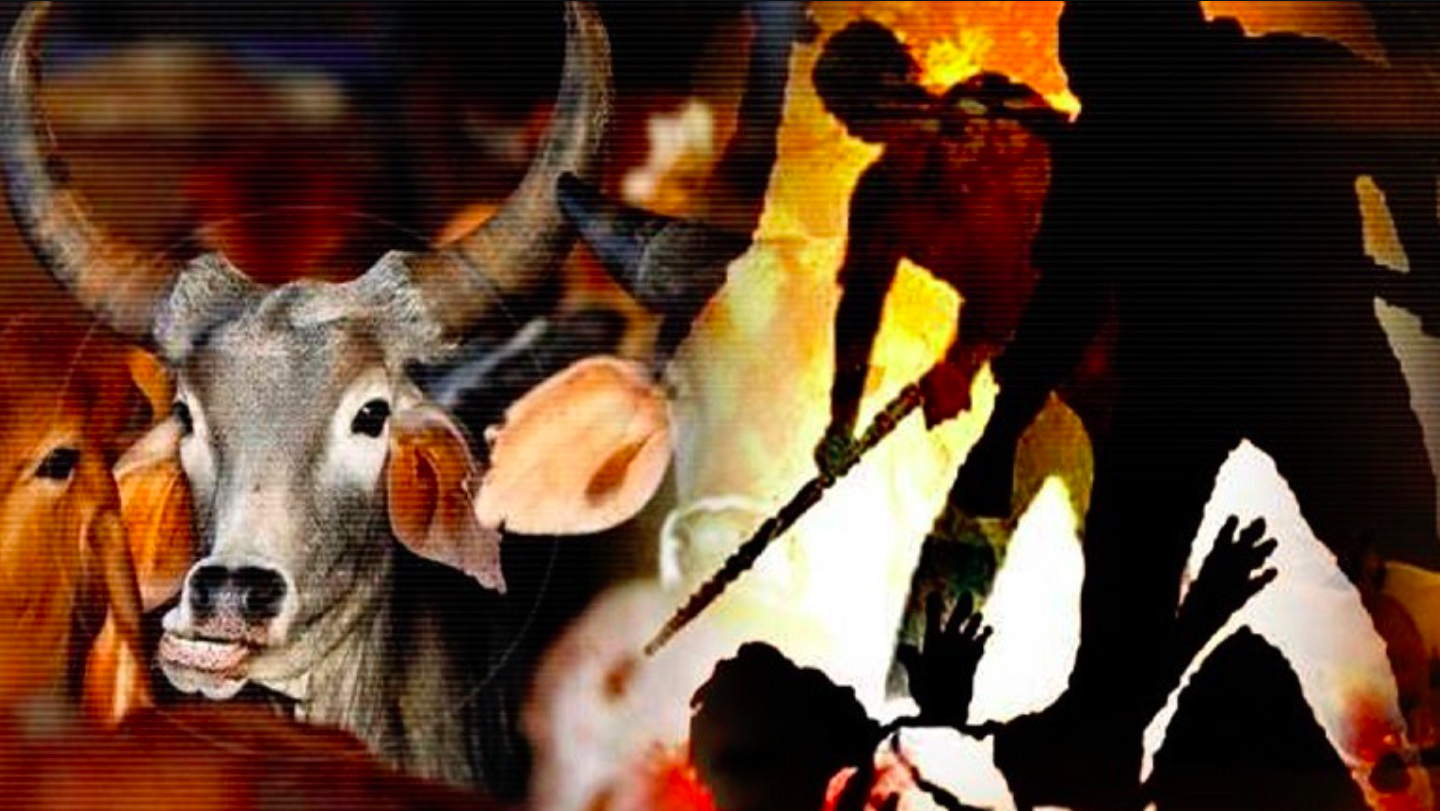The rightwing revolution is here.
Sagarika Ghose
The UPA has dispatched Ramdev to his ashram. The police action at Ram Lila Maidan was insupportable and the BJP has now gained a cause celebre. RSS and VHP have stood in full support of Ramdev from the start. Sangh parivar activists on Twitter are dubbing anyone critical of the Ramdev as a “Congress agent.”
The Ramdev phenomenon and to some extent the Anna campaign are part of a new revolution. This is India’s rightwing nationalist revolution. It is rightwing because it is based on national pride and individual entitlement; it is a movement of the middle and lower middle class buoyed up by 9 per cent growth which now seeks a responsive, overtly honest government and a hard state.
This rightwing revolution is closely linked to a Hindu consolidation spreading through society. Perhaps as a backlash to globalization, urban religiosity and bharatiya sankriti are fashionable; faith in gurus is growing and cuts across class. Ramdev jumps from colas to homosexuality to black money in his choice of enemies, yet his devotees’ faith remains constant.
 Notwithstanding the BJP’s crushing electoral defeats, culturally Hindu nationalist consolidation is gathering tremendous momentum, much of which feeds into the anti-corruption campaigns. The Ram Janmabhoomi movement, in a new urbane sophisticated avatar, is back.
Notwithstanding the BJP’s crushing electoral defeats, culturally Hindu nationalist consolidation is gathering tremendous momentum, much of which feeds into the anti-corruption campaigns. The Ram Janmabhoomi movement, in a new urbane sophisticated avatar, is back.
It’s a revolution with virtues and dangers. Its virtues are, first, that it is based on an engaged sense of ‘desi’ cultural pride. Second, its forcing a debate where none existed on issues like corruption and black money. Black money is being generated in our economy every day and the government has failed to curb it. But the danger of the Hindu revolution is that it may overthrow constitutional liberal values and revive street justice, of which Ramdev’s prescription of death penalty for economic offences is one example and shoe throwing is another.
It is also a revolution that is being played outside formal politics, at least for now. Govindacharya, one of the organizers of Ramdev’s movement, has been openly critical of the BJP leadership. Arun Jaitley and Sushma Swaraj are fighting a battle in parliament, not at the Ram Lila Maidan. But just as the Ram Mandir agitation was first begun by the VHP and later used by the BJP to come to power, there are those within the Sangh who are eyeing a similar opportunity to piggyback on an anti-corruption movement being built at the grassroots by Hindu outfits. North Indian elections next year in UP, Punjab and Uttarakhand will be a test of whether the BJP can convert Hindu consolidation into electoral victory.
”War against corruption’ is led by people of many hues, but it is also the Hindu revolution’s catch-all device to rally new support to the cause.
Many protests are contained within the ‘anti-corruption’ umbrella. These are: protest against an overly westernized ‘elite class’, protest against ‘anti-national intellectuals’ embodied in the persona of Binayak Sen, and protest, at its very root, at rule by the ‘foreign-born’ Sonia Gandhi. It is no surprise therefore that Ramdev brought up Sonia’s foreign-ness again.
Hatred of ‘foreign’ Sonia Gandhi and the Congress dynasty is the leitmotif and spur of the Hindu revolution. Its the reason why large numbers of middle class folk are lining up behind the Hindu revolution.
Analysts have pointed to rightwing consolidation in the lower judiciary gauged from the judgements on the Babri Masjid title suit as well as from judgements on Binayak Sen, both criticised by the apex court. The saffron thinktank Vivekananda Foundation consists of many public figures. Already the BJP is asking why Syed Ali Shah Geelani’s seminar did not get the same treatment as Ramdev. A court in Muzaffarpur has registered a case of ‘sedition’ against Digvijay Singh for his views on the yoga guru.
The first Hindu revolution was begun in the 1980s by the VHP, based on a desire to restore Hindu pride by building a Ram Mandir in Ayodhya. ‘Hindu rage’ at the ‘minority appeasement’ of the Rajiv Gandhi government in the Shah Bano case added to the momentum. The movement acquired a mass character through LK Advani’s rath yatras. ‘Pseudo secularists’ ‘Macaulay’s children’ were the words coined against critics at that time.
Today Bajrang Dal and VHP activists are angry with the BJP for letting the temple movement down, for straying towards the path of ‘Shining India’. The electoral defeats of 2004 and 2009 shocked the sangh. The consequence was a desperate search for a cause, a new rallying cry. Now the ‘war on corruption’ has taken the place of ‘Hindu pride’ and the ‘pseudo secularist’ has been replaced by the 2011 term ‘corrupt’.
Those like Kiran Bedi and Arvind Kejriwal may be genuinely driven by nation-building sentiments. Yet their voices are in danger of being drowned by those with more supporters on the street.
Will the Hindu rightwing revolution spell the death-knell of the UPA?
Rajiv Gandhi created his party’s nemesis by allowing the shilanyas at Ayodhya in 1989. Manmohan Singh too could prove unequal to rightwing consolidation. Already the UPA’s handling of Ramdev was pathetic. First kow-towing and next arresting him at midnight, showed how politically weak this government is.
India’s Hindu consolidation today has a benign face focused on forcing governments to deliver on corruption. But the Hindu revolution could start to devour liberal values if met with governmental paralysis. “Hang the corrupt’ or ‘jail anti-nationals’ or ‘bomb Pakistan” can’t become mantras of a modern rational India. UPA 2 needs to recognize the society it is confronting, start delivering on its anti-corruption campaign promises and look and act like a 24 x 7 government. Else, bit by bit its authority is being chipped away.
Today, its Ramdev and Anna. For tomorrow, who knows which new peoples messiah is waiting in the wings.









